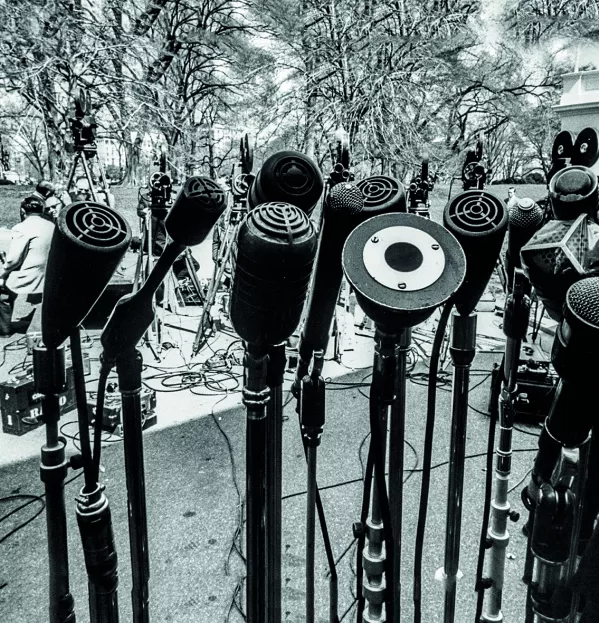‘Like it or not, exam results still loom menacingly’

As an education journalist, there can be long stretches of time when you don’t see any other reporters. At most of the conferences, meetings and learning festivals we attend, the media are conspicuous by their absence.
One event that is an exception takes place on exam results day, which was Tuesday. There’s always a solid turnout at the Scottish Qualifications Authority HQ to hear about the exam statistics.
Of course, you might say - this, after all, marks a pivotal moment in the school year and in young people’s lives. But we’re increasingly hearing educators complain that, when saturation media coverage is given to exam results, it paints a misleading picture of what schools are about these days.
Billy Burke, headteacher at Renfrew High School and president of School Leaders Scotland, describes exam performance as “just part of the picture”. He argues that “we need to look beyond narrow attainment measures to areas such as the overall quality of learners’ experiences” and to “how young people are included and supported to become the best they can be”.
For many, of course, becoming the best version of themselves will not involve the five Highers and university route that, traditionally, has often held sway in schools. One area where Scottish education has changed markedly over the years is in the priority given to all pupils, regardless of “academic ability” - big increases in the students who stay until the end of S6 tell you how times have changed in that regard.
Yet this week clichéd pictures of blazered high-fliers jumping for joy did the rounds in the media, as they always do. Schools may be changing fundamentally, but how the work of schools is framed for the general public is adjusting far more slowly.
To many of the pupils going through exams, there remains a disconnect in schools between the messages they hear about honing one’s individual skills and aspirations and the blunter demands of exams. Harriet Sweatman, a 16-year-old Edinburgh pupil who wrote last week for Tes Scotland about her exams experience, reckoned that she had probably cracked the exams code - but this made her feel more weary than exultant (see bit.ly/ExamsHS).
“I’ve ticked all the boxes I was told to, tried to remember model answers word for word, and sacrificed any creativity in favour of following the marking scheme,” she wrote. “I’ve learned that that is what exams are about; there are no prizes for novelty.”
This, then, is the elephant in the room. People who work in education can tut all they like about media coverage of exams and complain - rightly - that it does not reflect the far broader priorities of schools in 2019.
Schools have certainly changed dramatically, and teachers are now generally far more inclined to do whatever it takes to help pupils who, in times gone by, some would have happily ushered out of the door at the end of S4.
But for all their obvious shortcomings, exams still form a huge part of how pupils and their schools are judged. And what does that say to students who, like Harriet, can see when exams are mind-numbingly two-dimensional rather than a sophisticated measure of their abilities?
So, we can scoff at the pictures of pupils jumping for joy, we can rail against the crude school league tables that will be published in a few months’ time. But, like it or not - and no matter how often we tell teenagers that exams need not be life-defining - they still loom menacingly over their time at school.
Schools have transformed what they offer to pupils, but the system for judging pupils’ progress has not changed to the same degree. For many teenagers, one day in August will still define their entire 13 years at school.
This article originally appeared in the 9 August 2019 issue under the headline “Exam results might not define our students - but they still loom large”
You need a Tes subscription to read this article
Subscribe now to read this article and get other subscriber-only content:
- Unlimited access to all Tes magazine content
- Exclusive subscriber-only stories
- Award-winning email newsletters
Already a subscriber? Log in
You need a subscription to read this article
Subscribe now to read this article and get other subscriber-only content, including:
- Unlimited access to all Tes magazine content
- Exclusive subscriber-only stories
- Award-winning email newsletters